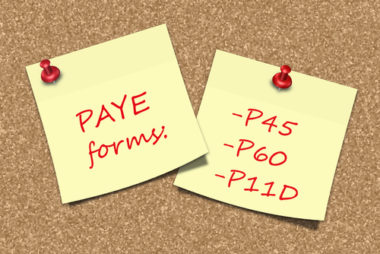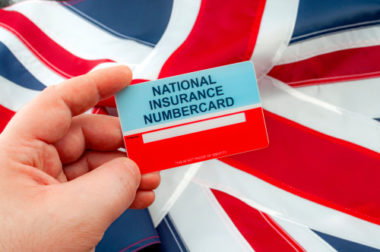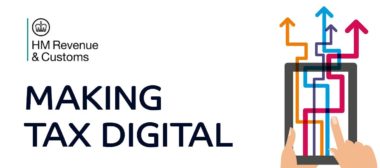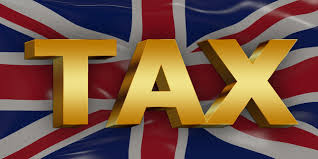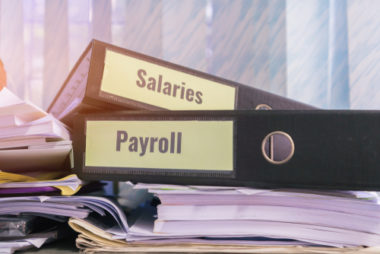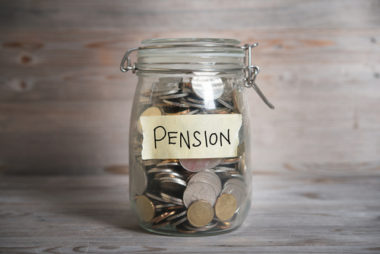
To help companies realising losses as a result of the Covid-19 pandemic, the loss relief rules were amended to provide for an extended carry-back window. Where companies are making a claim for relief under the extended carry-back rules, the claim can be made online rather than waiting until the company tax return is filed.
Extended relief
Under the normal rules, a company that incurs a trading loss can set that loss against total profits of the same accounting period. Where the loss is not relieved in this way, it can either be carried back and set against total profits of the previous 12 month period, as long as the company was carrying on a trade in that period, or carried forward and set against future profits of the company. If the company ceases trading, a claim for terminal loss relief can be made, allowing the loss to be set against profits of the previous three years.
The 12-month carry-back window was extended to three years in respect of losses for accounting periods ending between 1 April 2020 and 31 March 2022. Where a loss is carried back under the extended rules, it must first be set against profits of a more recent year before it is set against profits of an earlier year. The amount that can be relieved under the carry-back provisions is capped at £2,000,000 for all accounting periods ending in the period from 1 April 2020 to 31 March 2021. A separate cap of £2,000,000 applies to losses of accounting periods ending between 1 April 2021 and 31 March 2022. The claim is limited to trading losses (and excludes capital losses). Losses which are carried back one year under the usual rules are not subject to the £2,000,000 cap – it only applies to losses carried back two or three years.
Making a claim under the extended carry back rules can be very beneficial and may generate a much-needed tax repayment for companies facing cash flow difficulties as a result of the impact of the Covid-19 pandemic.
Making the claim
As with the usual carry back claim, the claim can be made in the company tax return. This must be filed no later than 12 months from the date on which the accounting period ends.
However, there is also an option to make a claim for extended loss relief online. This can be done on the Gov.uk website.
Making an online claim can be advantageous as it can speed up the repayment. The claim can be made as soon as the loss-making accounting period has ended – there is no need to wait until the company tax return is filed.
Case Study
Food Ltd runs a small restaurant and bar. The company prepares accounts to 31 March each year. It was badly affected by the pandemic, realising a loss of £60,000 for the year to 31 March 2021 and a loss of £35,000 for the year to 31 March 2022.
Prior to the pandemic, it had made profits as follows:
- Year to 31 March 2020: profit £50,000.
- Year to 31 March 2019: profit £80,000
- Year to 31 March 2018: profit £40,000
The company makes a claim under the normal rules to carry back £50,000 of the loss of the year to 31 March 2021 to the previous year (the year to 31 March 2020), and makes a claim under the extended rules to carry the remaining loss of £10,000 back against the profits of the year to 31 March 2019, reducing them to £70,000. The combined claims generate a tax repayment of £11,400 (£60,000 @ 19%).
The company cannot carry the loss of £35,000 for the year to 31 March 2022 back one year -as there are no profits for the year to 31 March 2021. It makes a claim under the extended carry-back rules. As the profits for the year to 31 March 2020 have been eliminated by a previous claim, the company can carry the loss of £35,000 and set it against the remaining profits of £70,000 for the year to 31 March 2019 (the earliest year to which the loss can be carried back). This reduces the profits of that year to £35,000, and generates a repayment of £6,650 (£35,000 @ 19%).
The claim can be made online from 1 April 2022 onwards.

